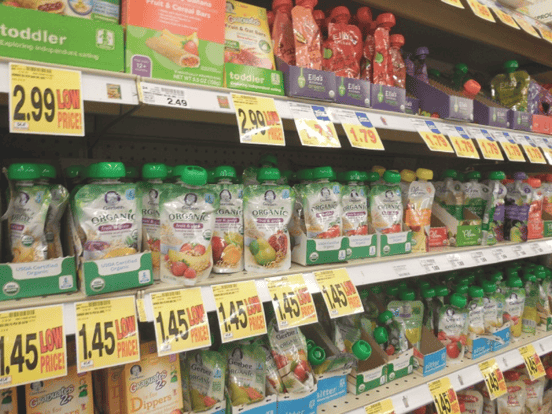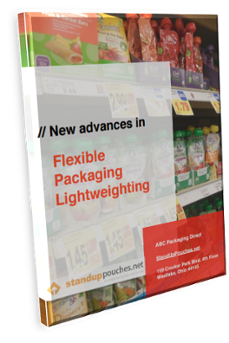
Many CPG companies think their product packaging is working fine — after all, it seems to function, it keeps items contained, and it offers enough space to print their branding and graphic designs on the outside.
However, too few businesses take a deeper look into how their packaging performs next to similar items on store shelves. This isn’t surprising, as so much time and attention to detail goes into perfecting the product itself. The container is often viewed as an afterthought... but what's the first thing shoppers see, touch, and experience on the shelves? That's right: the packaging.
Listening to consumer feedback and response in terms of the look, feel, functionality, and overall appeal of the product is crucial, but packaging truly plays a huge role in people’s overall perception of both the item itself and a brand as a whole. Influential millennial consumers, especially, are not only drawn to unique and exciting packaging, they’re also sharing it on social media and building brands through word of mouth. If the package is unattractive, outdated, broken, or cheap looking, these younger consumers will notice and will definitely talk about it.
This is where lightweighting comes in — it’s not just a trend or a buzzword, it’s a strategic action successful companies are taking to revamp their product lines and increase the appeal and quality of the goods they put out on the market. Big brands like Kraft Heinz, McCormick, and Mars are embracing flexible retail packaging for their various CPG products to stand out from competitors, attract millennial consumers, and reduce both costs and their carbon footprint. The advantages of lightweight, flexible retail packaging are vast, and the key problem it solves is transforming a stale brand image and leading existing products into a new era through creative, inventive, high-quality packaging that attracts consumers within seconds of coming into contact with an item in stores or online.
By analyzing and compiling data gathered by the Flexible Packaging Association, we’ve outlined several concreate examples of real companies that have switched away from traditional rigid containers — like cardboard boxes, glass jars, tin cans, and plastic trays — and adopted flexible retail packaging alternatives to keep their products fresher, easier to use, and more attractive. With the inclusion of case studies, common uses, and advantages of lightweight packaging options like polypropylene bags, metalized film pouches, and three-layer vacuum seal bags, this guide will help brands determine which flexible retail packaging is the right fit for their unique product.
This complimentary white paper is the first in a series of lightweighting guides that help solve common problems brands have relating to their product packaging, including but not limited to shipping costs, meeting retailers’ demands, attracting shoppers, and eliminating wasted or spoiled product.
Whether you’re packaging coffee, pet food, frozen goods, or single-serve items, lightweight, flexible packaging offers increased tear, puncture, and stress resistance, helping reduce product damage during all phases of the transportation process. This means a more attractive appearance and higher quality product. Good packaging keeps the integrity of your products intact and has the ability to distinguish your brand, attract key influencers, and get your goods flying off the shelves.






